PT | EN
MASKS
Rituals and Celebrations, Farces and Transgressions
Introduction
From the Greek theatre to the Italian Renaissance, from traditional African societies to rural Europe, masks have always been present in different societies, assuming very different plastic forms and serving multiple social functions.
During this Carnival, Cruzes Canhoto gallery aims to explore a part of the complex universe of masks, showing tribal masks mostly from Africa in dialogue with Portuguese masks from Trás-os-Montes.
If it is true that these are two diametrically opposed contexts, since in one case we are in the domain of the so-called African tribal art and in the other in the sphere of the customs of European rural societies, it is also true that it is possible to find continuities between them – in both cases masks are part of ritual celebrations where the social order is temporarily suspended and where communication with supernatural forces is especially activated. In fact, despite the phenomena of retraditionalization and commodification that surrounds masks and their social uses, the use of these artifacts remains linked to initiation rituals, marked by dance, music, food and drink, and where there is room for eccentricity and the transgression of norms and behaviours. These are moments of “authorized licentiousness” or “legal anarchy,” that link the use of the masks to contemporary Carnival celebrations. As the anthropologist Benjamim Pereira points out, the ritualized denunciation of deviations from established norms plays a cathartic function that contributes to instill a more acute spirit of social reality in societies, allowing the cohesion of communities.
Portuguese Masks
The Portuguese masks presented in this exhibition are all from Trás-os-Montes and Alto Douro. Even though the precise origin of the use of these masks at certain times of the year is unknown, its connection with Winter rituals associated with the end of an agricultural cycle and the beginning of another, arising with Spring, is obvious. According to some researchers, this kind of masks, present in several European rural areas, come from practices inherited from the old agrarian cults, related to the fertility of the land and the change of the harvests.
The moments of worship are, however, also moments of connection between the world of the living and the world of their ancestors, where there is a predisposition for the appearance of demons, ghosts and the souls of the dead. Therefore, some say, the masks from Trás-os-Montes represent the devil and the dead ancestors. This is quite evident in elements of their construction: in the teeth, in the horns or in the use of the red color.
Although today the use of these masks has lost its ritualistic character and has become a cultural performance, some practices of the old rituals seem to remain: the begging and the food offerings, the playful character of the celebrations or the spirit of spree and debauchery, especially in the behaviour of the masqueraders, who run through the streets screaming and rattling at the single girls.
African Masks
African masks, due to their diversity and aesthetic quality, are considered one of the artistic manifestations par excellence of the African continent. They are present at various central moments in the life of traditional societies, especially in times of transition of individuals or groups in the so-called rites of passage. Thus, performances with masks tend to occur at births, weddings, children’s transitioning into adulthood, or funerals. In these celebrations the masqueraders go out into the street, most of the times disguised from head to toe, to take part in the ceremonies marked by music and dance. Although the masks have very different interpretations according to the groups to which they belong, the great majority is associated with spirits of the nature or of the ancestors.
Its use is a moment of communication with the supernatural world, where demands are made in exchange for offerings. The mask-bearer, on the other hand, temporarily abandons his personality to assume the characteristics of the spirit represented, and, as in European rural contexts, his behaviour is eccentric and subversive.
Mostly made of wood and with ideal stylized features, African masks have always attracted a particular fascination in the Western world, producing disparate impressions ranging from rejection to worship.
Title:
MASKS – Rituals and Celebrations, Farces and Transgressions
Date:
06 February > 30 March 2016 + A Couple of Days
Where:
Gallery Cruzes Canhoto, Rua Miguel Bombarda, 452, Porto, Portugal
Curatorship:
Cruzes Canhoto and Maria Manuela Restivo (anthropologist)
Texts:
Maria Manuela Restivo
Photography:
Nuno Marques / Cruzes Canhoto
A special thanks to the Academia Ibérica da Máscara, in the person of its president António André Pinelo Tiza, for all the information provided and the support given to us in direct contact with the mask builders of Trás-os Montes.
All works exhibited are available for online purchase.
If you are interested please contact us.


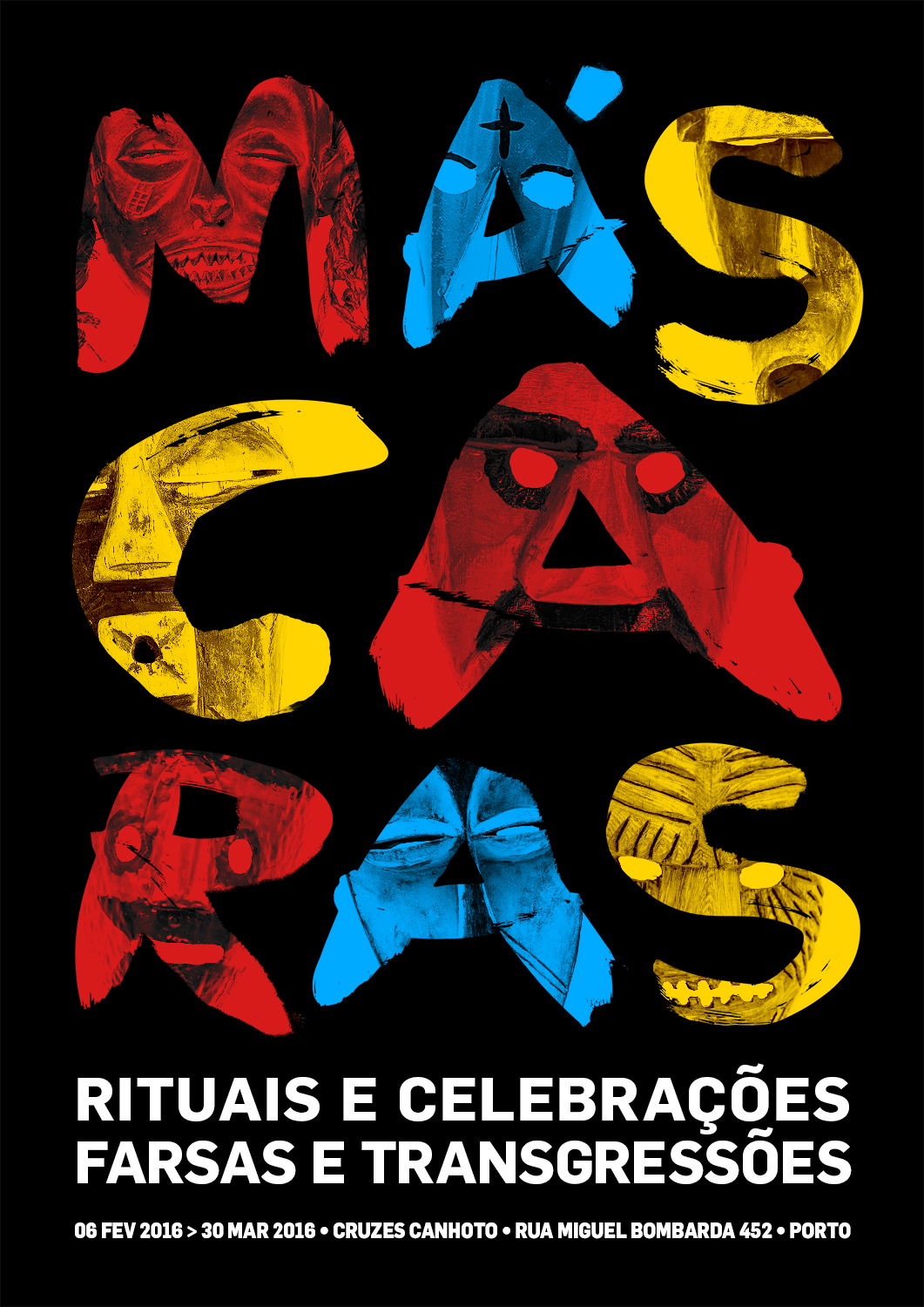
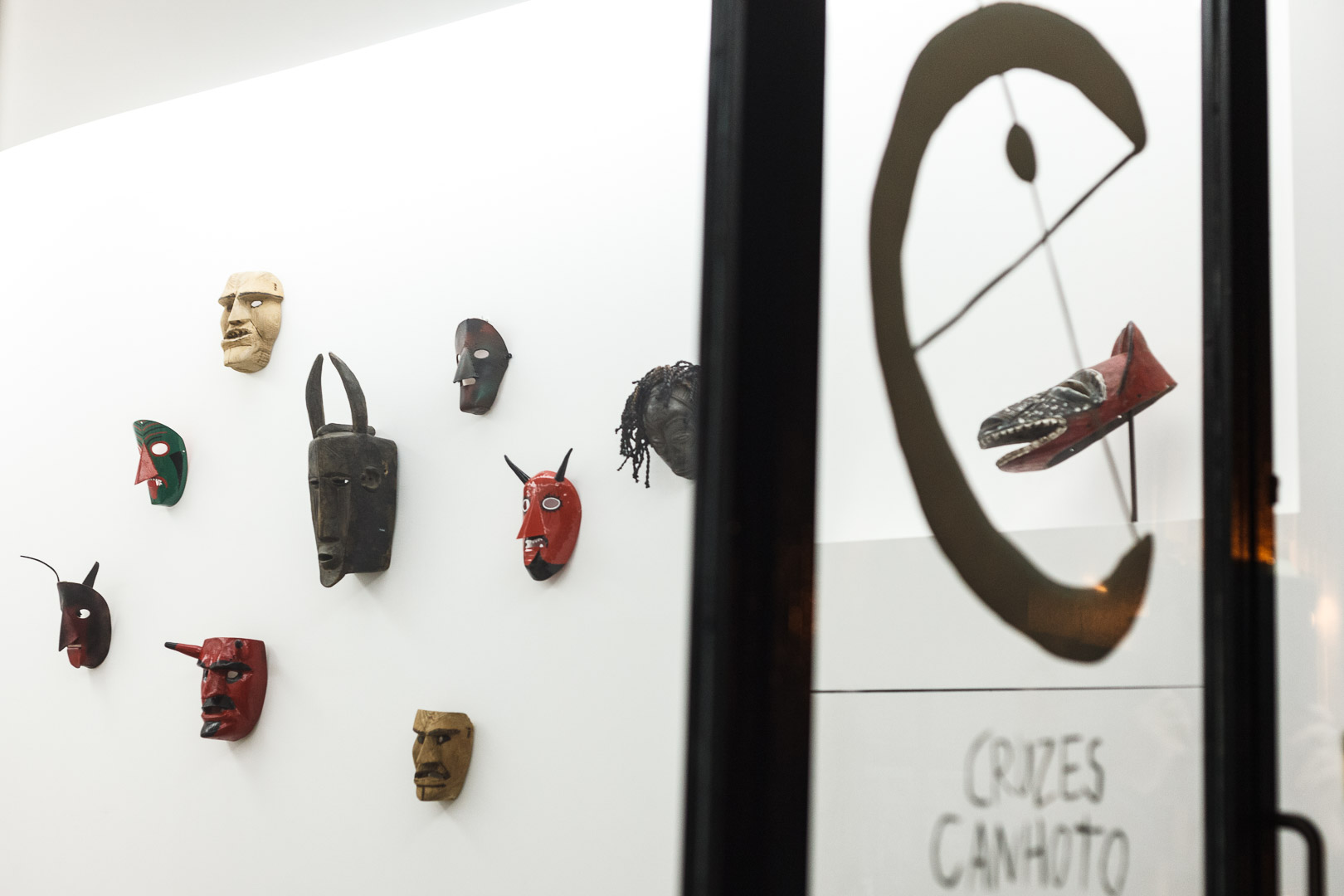
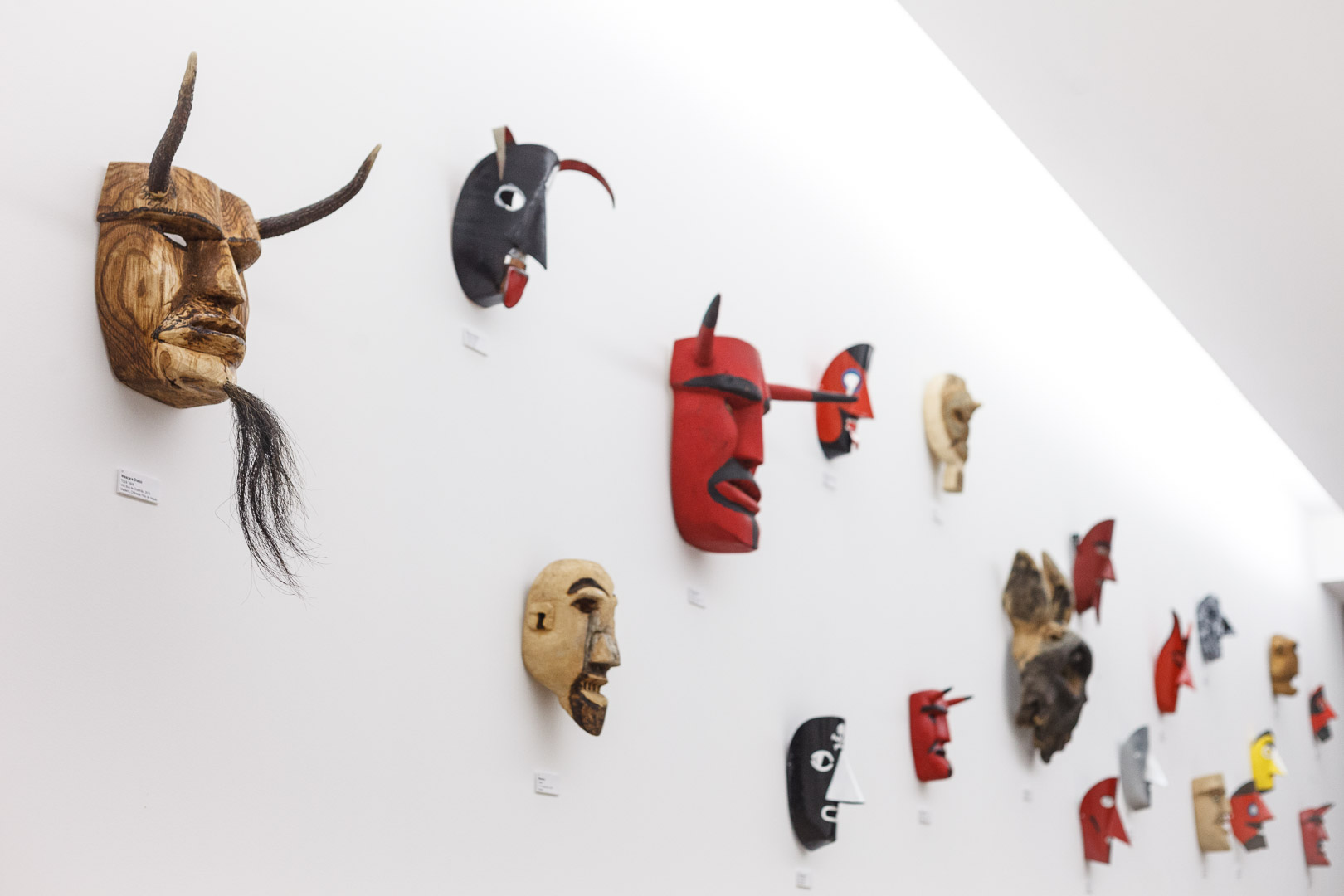

![Tozé Vale, Máscara cicatrizes (Victória), 2016, V.B. Ousilhão, Madeira, 13,5x19cm [INDISPONÍVEL / UNAVAILABLE]](https://cruzescanhoto.com/wp-content/uploads/2020/01/30-1-200x200.jpg)
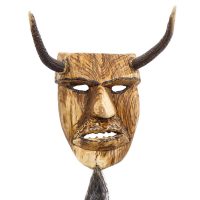


![Máscara dos Rituais de Inverno do Nordeste Transmontano, João Manuel Esteves, 1990-2000, Ousilhão - Vinhais, madeira, 47x40x36cm – Ref CC17-002 [COLECÇÃO CRUZES CANHOTO]](https://cruzescanhoto.com/wp-content/uploads/2021/07/9-1-200x200.jpg)
![José David Afonso, Máscara, 2015, Vila Boa de Ousilhão, madeira [INDISPONÍVEL / UNAVAILABLE]](https://cruzescanhoto.com/wp-content/uploads/2020/01/13-1-200x200.jpg)
![José David Afonso, Máscara, 2007, Vila Boa de Ousilhão, Madeira [INDISPONÍVEL / UNAVAILABLE]](https://cruzescanhoto.com/wp-content/uploads/2020/01/3-3-200x200.jpg)
![José David Afonso, Máscara, 2007, Vila Boa de Ousilhão, Madeira [INDISPONÍVEL / UNAVAILABLE]](https://cruzescanhoto.com/wp-content/uploads/2020/01/16-1-200x200.jpg)
!["Máscara de Rituais de Inverno", Víctor Anjos Afonso, Ousilhão, Vinhais, 2019, madeira, 19x26x11cm [INDISPONÍVEL/UNAVAILABLE]](https://cruzescanhoto.com/wp-content/uploads/2020/05/1-200x200.jpg)
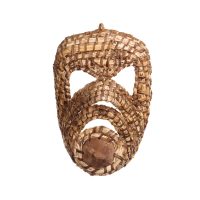
![Fernando Pinelo Tiza, Máscara festa dos rapazes, Varge, Metal, tintas, 17,5x23cm [INDISPONÍVEL / UNAVAILABLE]](https://cruzescanhoto.com/wp-content/uploads/2020/01/5-3-200x200.jpg)
![Máscara dos Rituais de Inverno de Trás-os-Montes, Fernando Pinelo Tiza, 2016, Varge - Bragança, metal pintado [COLECÇÃO CRUZES CANHOTO]](https://cruzescanhoto.com/wp-content/uploads/2021/07/2-1-200x200.jpg)
![Máscara dos Rituais de Inverno de Trás-os-Montes, José Vaz, séc. XX, Varge - Bragança, metal pintado [COLECÇÃO CRUZES CANHOTO]](https://cruzescanhoto.com/wp-content/uploads/2021/07/6-1-200x200.jpg)
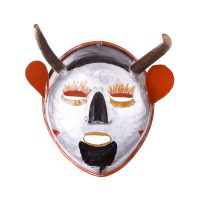
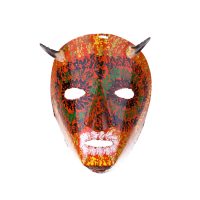
![Inácio da Paula, 1985, Podence, Metal e tintas [INDISPONÍVEL / UNAVAILABLE]](https://cruzescanhoto.com/wp-content/uploads/2017/02/WEB_-Mascaras-Diabos-41-200x200.jpg)

!["Máscara de Rituais de Inverno", Filipe Costa, Podence, Macedo de Cavaleiros, 2020, metal pintado, 15x21x10cm [INDISPONÍVEL / UNAVAILABLE]](https://cruzescanhoto.com/wp-content/uploads/2020/02/5-1-200x200.jpg)
!["Máscara de Rituais de Inverno", Filipe Costa, Podence, Macedo de Cavaleiros, 2020, couro pintado, 15x22x10cm [INDISPONÍVEL / UNAVAILABLE]](https://cruzescanhoto.com/wp-content/uploads/2020/02/4-2-200x200.jpg)
!["Máscara de Rituais de Inverno", Filipe Costa, Podence, Macedo de Cavaleiros, 2020, metal pintado, 15x21x10cm [INDISPONÍVEL / UNAVAILABLE]](https://cruzescanhoto.com/wp-content/uploads/2020/02/2-1-200x200.jpg)
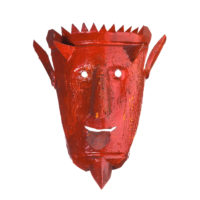
![Óscar Barros, Máscara festa dos rapazes, 2015, Varge, Metal, tintas, 15x22cm [INDISPONÍVEL / UNAVAILABLE]](https://cruzescanhoto.com/wp-content/uploads/2020/01/18-1-200x200.jpg)
![Óscar Barros, Máscara morte, 2015, Bragança, Metal, tintas, 15x22cm [INDISPONÍVEL / UNAVAILABLE]](https://cruzescanhoto.com/wp-content/uploads/2020/01/14-1-200x200.jpg)
![Óscar Barros, Máscara diabo, 2015, Bragança, Metal, tintas, 15x22cm [INDISPONÍVEL / UNAVAILABLE]](https://cruzescanhoto.com/wp-content/uploads/2020/01/26-1-200x200.jpg)
![Máscara dos Rituais de Inverno de Trás-os-Montes, José da Silva Costa (Costinha), Lazarim - Lamego, 2013, madeira [COLECÇÃO CRUZES CANHOTO]](https://cruzescanhoto.com/wp-content/uploads/2021/07/7-2-200x200.jpg)

![Máscara dogon macaco cubista, Dogon, séc. XX, Mali, Madeira, 17x35cm [INDISPONÍVEL / UNAVAILABLE]](https://cruzescanhoto.com/wp-content/uploads/2020/01/25-2-200x200.jpg)
![Máscara senufo, Senufo, séc. XX, Costa do Marfim, Madeira, 18x42cm [INDISPONÍVEL / UNAVAILABLE]](https://cruzescanhoto.com/wp-content/uploads/2020/01/9-3-200x200.jpg)
![Máscara dan, Dan, séc. XX, Costa do Marfim, Madeira [INDISPONÍVEL / UNAVAILABLE]](https://cruzescanhoto.com/wp-content/uploads/2020/01/11-2-200x200.jpg)
![Máscara baule, Baule, séc. XX, Costa do Marfim, Madeira, 60x40x15cm [INDISPONÍVEL / UNAVAILABLE]](https://cruzescanhoto.com/wp-content/uploads/2020/01/12-2-200x200.jpg)
![Máscara fang, Fang, séc. XX, Gabão, Madeira, 30x20x7cm [INDISPONÍVEL / UNAVAILABLE]](https://cruzescanhoto.com/wp-content/uploads/2020/01/13-2-200x200.jpg)
![Máscara baule, Baule, séc. XX, Costa do Marfim, Madeira, 60x40x15cm [INDISPONÍVEL / UNAVAILABLE]](https://cruzescanhoto.com/wp-content/uploads/2020/01/14-2-200x200.jpg)
![Máscara yoruba, Yoruba, séc. XX, Nigéria, Madeira, pigmentos [INDISPONÍVEL / UNAVAILABLE]](https://cruzescanhoto.com/wp-content/uploads/2020/01/15-2-200x200.jpg)
![Máscara tchokwe, Tchokwe, séc. XX, Angola, Madeira, 26x24cm [INDISPONÍVEL / UNAVAILABLE]](https://cruzescanhoto.com/wp-content/uploads/2020/01/23-2-200x200.jpg)
![Máscara Malinke, Malinke, séc XX, Mali, Madeira, 19x44cm [INDISPONÍVEL / UNAVAILABLE]](https://cruzescanhoto.com/wp-content/uploads/2020/01/6-4-200x200.jpg)
![Máscara dogon macaco, Dogon, séc. XX, Mali, Madeira [INDISPONÍVEL / UNAVAILABLE]](https://cruzescanhoto.com/wp-content/uploads/2020/01/4-4-200x200.jpg)
![Máscara lega, Lega, séc. XX, Gabão, Madeira, 18x12cm [INDISPONÍVEL / UNAVAILABLE]](https://cruzescanhoto.com/wp-content/uploads/2020/01/10-2-200x200.jpg)
![Máscara dogon macaco helmet, Dogon, séc. XX, Mali, Madeira, 19x30cm [INDISPONÍVEL / UNAVAILABLE]](https://cruzescanhoto.com/wp-content/uploads/2020/01/3-4-200x200.jpg)
![Máscara bacongo, Bakongo, séc. XX, Zaire, Madeira, 25x12x13cm [INDISPONÍVEL / UNAVAILABLE]](https://cruzescanhoto.com/wp-content/uploads/2020/01/16-2-200x200.jpg)
![Máscara N'tomo, Bamana, séc. XX, Mali, Madeira, 21x52cm [INDISPONÍVEL / UNAVAILABLE]](https://cruzescanhoto.com/wp-content/uploads/2020/01/24-2-200x200.jpg)
![Máscara kuba, Kuba, séc. XX, R.D. Congo, Madeira [INDISPONÍVEL / UNAVAILABLE]](https://cruzescanhoto.com/wp-content/uploads/2020/01/5-4-200x200.jpg)
![Máscara Ngbe, Ejagham (Ekoi), séc. XX, Nigéria, Madeira, pigmentos, 45x30cm [INDISPONÍVEL / UNAVAILABLE]](https://cruzescanhoto.com/wp-content/uploads/2020/01/19-2-200x200.jpg)
![Máscara mambila, Mambila, séc. XX, Camarões, Madeira, 75x50x35cm [INDISPONÍVEL / UNAVAILABLE]](https://cruzescanhoto.com/wp-content/uploads/2020/01/18-2-200x200.jpg)
![Máscara Sogobo, Bamana, séc. XX, Mali, Madeira, pigmentos, 20x36cm [INDISPONÍVEL / UNAVAILABLE]](https://cruzescanhoto.com/wp-content/uploads/2020/01/2-5-200x200.jpg)
![Máscara songye, Songye, séc. XX, R.D. Congo, Madeira, 19x32cm [INDISPONÍVEL / UNAVAILABLE]](https://cruzescanhoto.com/wp-content/uploads/2020/01/21-2-200x200.jpg)
![Máscara tchokwe, Tchokwe, séc. XX, Angola, Madeira, 26x24cm [INDISPONÍVEL / UNAVAILABLE]](https://cruzescanhoto.com/wp-content/uploads/2020/01/22-2-200x200.jpg)
![Máscara Sogobo, Bamana, séc. XX, Mali, Madeira, pigmentos, 30x47cm [INDISPONÍVEL / UNAVAILABLE]](https://cruzescanhoto.com/wp-content/uploads/2020/01/1-4-200x200.jpg)
![Máscara mama, Mama, séc. XX, Nigéria, Madeira, pigmentos, 20x40cm [INDISPONÍVEL / UNAVAILABLE]](https://cruzescanhoto.com/wp-content/uploads/2020/01/7-4-200x200.jpg)
![Máscara Nimba, Baga, séc. XX Guiné, Madeira, metal, 18x42cm [INDISPONÍVEL / UNAVAILABLE]](https://cruzescanhoto.com/wp-content/uploads/2020/01/20-2-200x200.jpg)
![Máscara yam Abelam, Papua Nova Guiné, séc. XX, Vime, 30x60x15cm [INDISPONÍVEL / UNAVAILABLE]](https://cruzescanhoto.com/wp-content/uploads/2020/01/17-2-200x200.jpg)